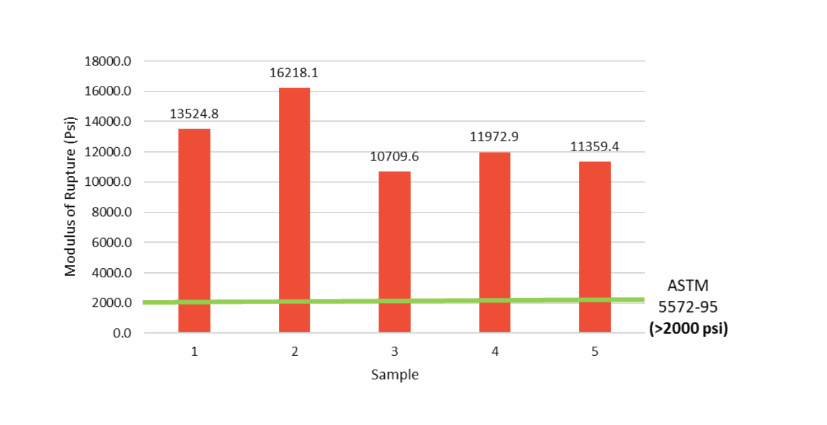Get to Know More with Terradeck XL : Extra Long, Extraordinary for Your Platform Trailers!
March 28, 2025Terradeck XL floors are manufactured using a specially made finger-joint machine and industry leading phenol resorcinol formaldehyde (PRF) adhesive, enabling manufacturers to buy in a fixed-length configuration up to 44' length (or 13,411mm) long while maintaining the superior structural strength of solid Apitong. Finger joints can be a solution to convert low-quality short wood stocks into structural-dimensional products according to current needs. A finger joint is a connection to a wooden product made by cutting a set of profiles that complementing and locking each other in two pieces of wood, then connecting them together using adhesive. Finger joint manufacturing also produces high-quality products because it can reduce defects in wood by cutting off the defective part and then joining it with other selected wood. This is very suitable for the needs of trailer decks that require a long size and good quality wood.
Here are the advantages of wood-based finger joint products that you should know:
Strength : Compared to another joint type, the finger joint has a high strength performance because the contact area of the joint is wider than others.
Stability: The possibility of a product having a bending or twisting defect is lower because some of the deformations will be held by the other parts that have been connected with adhesive.
Flattening: The pieces of the wood product finger joint tend to be straight, so the shape defects on the wood can be minimized.
Consistency: Because it consists of high-quality wooden parts, it can be assured that the final product is always of premium quality.

Based on our in-house testing with ASTM 5572-95 Standard. The average modulus of rupture (MOR) value of all samples “Passed” the standard value (2000 psi). This means the joint performance of Finger Joint samples (Terradeck XL) has an excellent strength performance with PRF adhesives.
Failure modes analysis shows that all samples are categorized as Mode 3. Failure mostly along the joint profile but with some failure at the finger joint roots or scarf tips. Good overall wood shear failure along the joint profile surfaces. This means wood failure is around 70-80 %. The higher the wood failure percentage, the more excellent the adhesive performance of the joint.